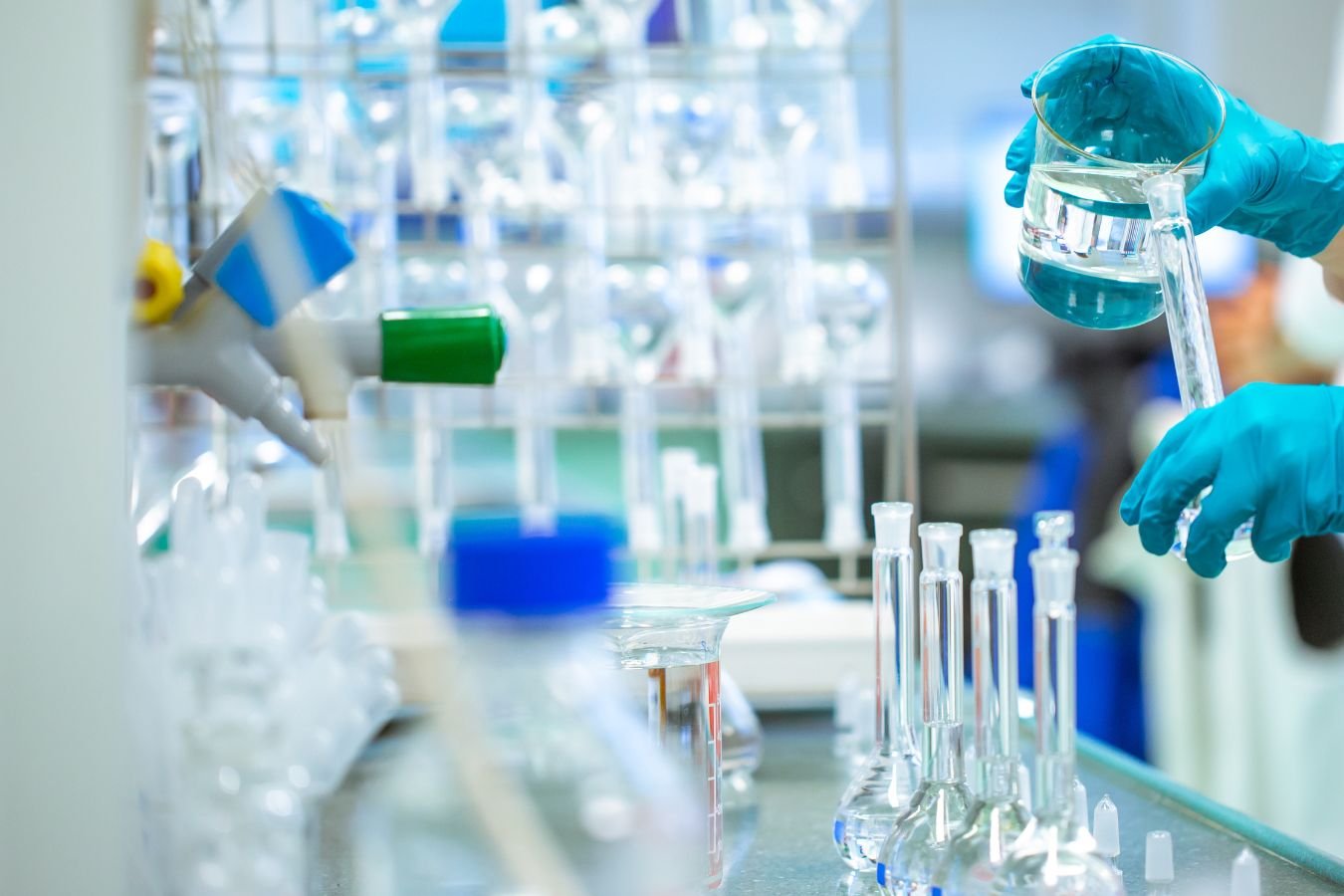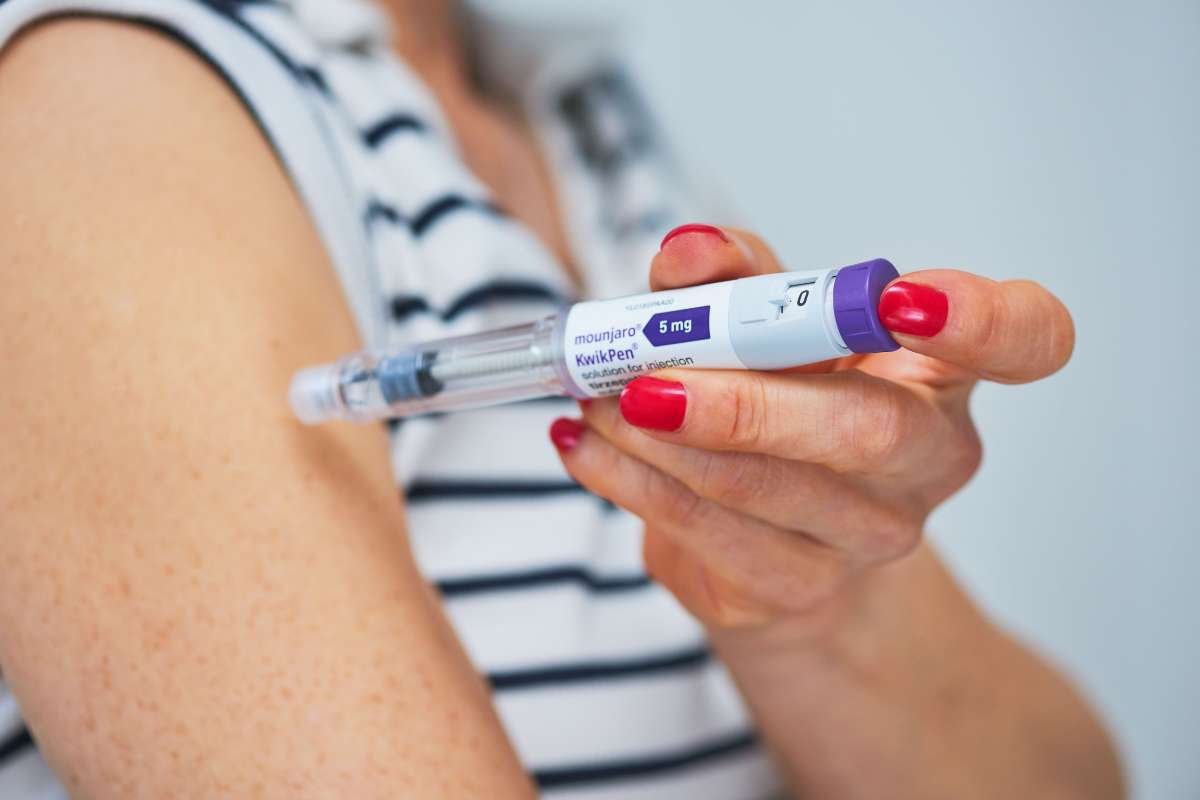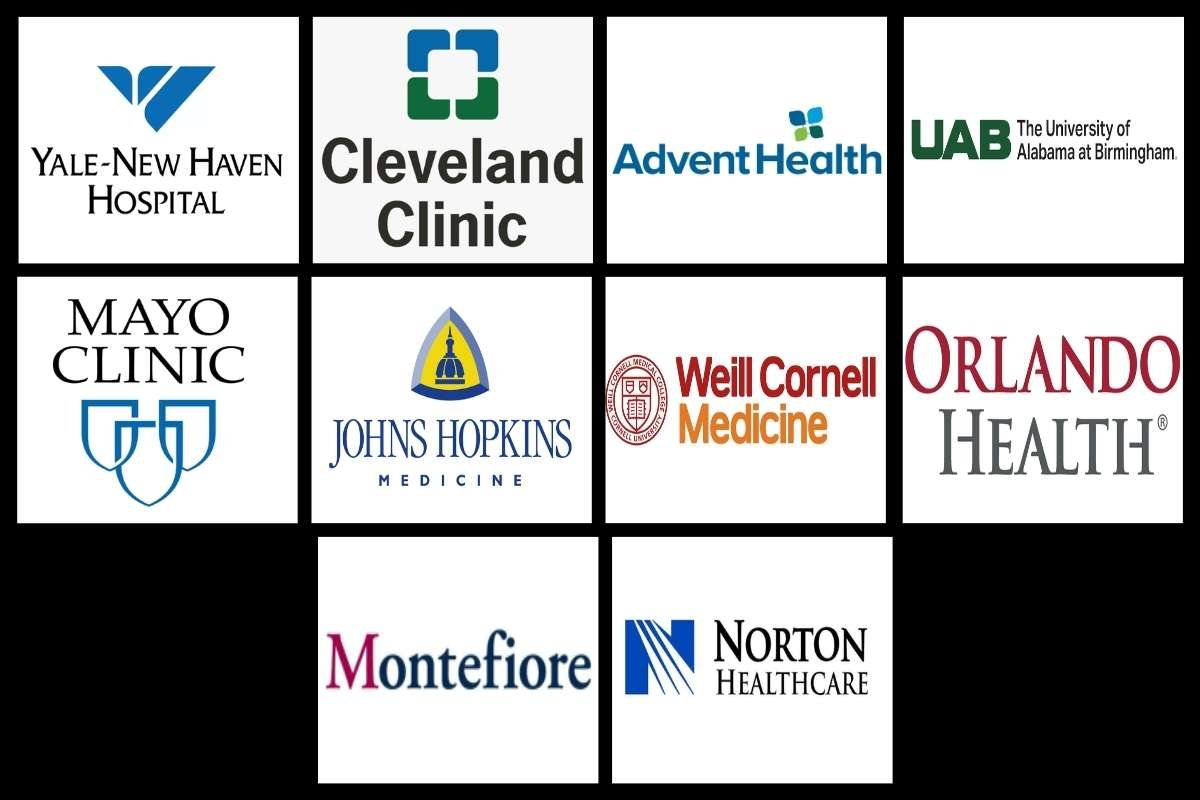Drug development is a complex, multi-stage process that transforms innovative scientific discoveries into therapeutic solutions for patients. It is a crucial aspect of the pharmaceutical industry and covers everything from initial research to clinical trials and regulatory approval.
This blog will delve into the intricacies of drug development, exploring its phases, challenges, and future directions.
Definition
Drug development is the journey of bringing a new pharmaceutical drug to market. It involves several stages, each with its own set of objectives, methodologies, and regulations. The primary goal of drug development is to create safe and effective medications that address unmet medical needs.
The Stages of Drug Development
1.Discovery and Preclinical Research
It is a process that begins with discovery, where researchers identify potential drug candidates. This stage involves extensive laboratory research, including:
- Target Identification: Understanding the biological target (e.g., a protein or gene) associated with a disease.
- Compound Screening: Testing various compounds to find those that interact with the target.
- Lead Optimization: Refining the chemical structure of promising compounds to enhance their efficacy and reduce toxicity.
2 . Following discovery, preclinical research is conducted using animal models to evaluate the safety, efficacy, and pharmacokinetics of the drug candidates. This stage is crucial for determining whether the drug is likely to be effective in humans.
3 . Clinical Trials
Once a drug candidate passes preclinical research, it progresses to clinical trials. Clinical trials are conducted in three phases:
- Phase 1: This phase involves testing the drug on a small group of healthy volunteers or patients. The primary focus is on assessing the drug’s safety, dosage, and pharmacokinetics.
- Phase 2: In this phase, the drug is tested on a larger group of patients who have the condition the drug aims to treat. The goals are to evaluate the drug’s efficacy, further assess its safety, and identify any side effects.
- Phase 3: The drug undergoes testing in an even larger group of patients to confirm its efficacy, monitor side effects, and compare it to existing treatments. Successful completion of Phase 3 trials is crucial for regulatory approval.
4. Regulatory Review and Approval
After completing clinical trials, the drug developer submits a New Drug Application (NDA) to regulatory agencies such as the U.S. Food and Drug Administration (FDA) or the European Medicines Agency (EMA). The regulatory review process involves:
- Review of Data: Evaluating clinical trial results, safety profiles, and manufacturing processes.
- Approval Decision: Deciding whether the drug can be marketed based on its safety, efficacy, and quality.
5. Upon approval, the drug is granted a license for commercial use and becomes available to healthcare providers and patients.
6. Post-Market Surveillance
Even after a drug is approved, ongoing monitoring is essential to ensure its long-term safety and effectiveness. Post-market surveillance includes:
- Pharmacovigilance: Monitoring and analyzing adverse drug reactions and safety concerns reported by healthcare professionals and patients.
- Post-Marketing Studies: Conducting additional studies to gather more data on the drug’s long-term effects and potential interactions.
Challenges
The drug development process is fraught with challenges, including:
- High Costs: Developing a new drug can cost billions of dollars, with only a small percentage of drug candidates making it to market.
- Regulatory Hurdles: Navigating the regulatory landscape requires substantial documentation, clinical data, and adherence to strict guidelines.
- Complexity of Diseases: Some diseases, especially rare or complex conditions, present significant challenges in finding effective treatments.
- Patient Recruitment: Recruiting and retaining patients for clinical trials can be difficult, impacting the timeline and success of the development process.
Innovations and Future Directions

The field of drug development is continually evolving, driven by technological advancements and new scientific discoveries. Some key innovations and future directions include:
1. Personalized Medicine
Personalized medicine aims to tailor treatments to individual patients based on their genetic, environmental, and lifestyle factors. Advances in genomics and bioinformatics are paving the way for more precise and effective therapies.
2. Biotechnology and Biological Drugs
Biotechnology is revolutionizing drug development by enabling the creation of biological drugs such as monoclonal antibodies, gene therapies, and cell-based therapies. These biologics offer targeted treatments for a range of conditions, including cancer and genetic disorders.
3. Artificial Intelligence and Machine Learning
AI and machine learning are transforming drug development by accelerating drug discovery, optimizing clinical trial design, and predicting drug interactions. These technologies have the potential to reduce development times and improve success rates.
4. Regenerative Medicine
Regenerative medicine, including stem cell therapy and tissue engineering, is a rapidly growing field within drug development. These approaches aim to repair or replace damaged tissues and organs, offering new hope for patients with degenerative diseases.
Impact
Successful drug development has a profound impact on public health, improving the quality of life for millions of people worldwide. Effective medications can:
- Treat Diseases: Provide cures or manage chronic conditions, enhancing patient outcomes.
- Reduce Healthcare Costs: Preventing or managing diseases can reduce overall healthcare expenditures.
- Drive Economic Growth: The pharmaceutical industry contributes significantly to the economy through job creation, innovation, and global trade.
Conclusion
The drug development process is a complex and multi-faceted journey that transforms scientific discoveries into life-changing therapies. Despite these challenges, ongoing innovations and advancements are driving progress in the field, offering new hope for patients and addressing unmet medical needs. As we look to the future, the continued evolution of drugs promises to bring even better treatments and solutions to the healthcare industry.
It is becoming more advanced day by day. Having proper knowledge of the stages, challenges, and innovations in drug development, we can better appreciate the efforts that shape the future of medicine and improve lives worldwide.







